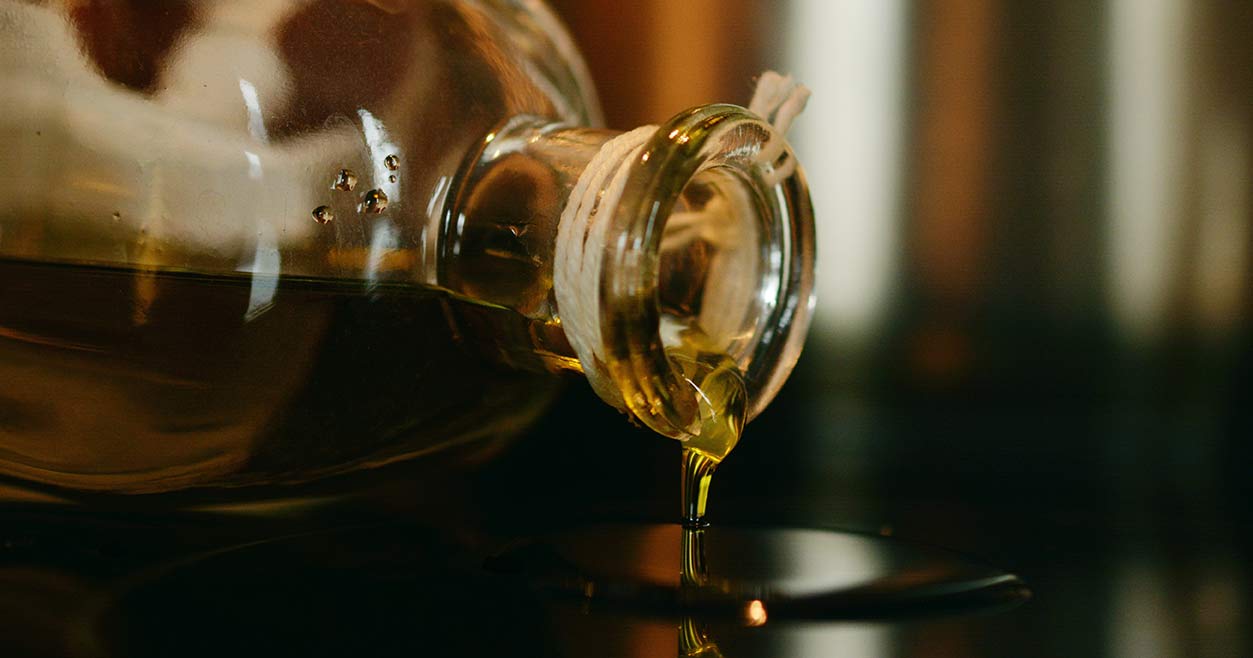The Olive Oil
Olive oil is a vegetable oil for mainly culinary use that is extracted from the fruit of the olive tree (olea europaea), called olive or olive. Almost a third of the olive pulp is oil and, for this reason, since ancient times it has been easily extracted with a simple pressure exerted by a mill.
Historically and culturally it has been a product closely linked to the Mediterranean area. Today only 3% of world production is carried out outside the Mediterranean area. Spain produces almost half of the world’s olive oil and is followed in production by Italy and Greece . These three countries account for three quarters of world production.
Classification of olive oils in Europe
The legislation of the European Union (Regulation (EC) 1234/2007)5 only allows the following categories of olive oil to be sold at retail:</p >
Extra virgin olive oil
This type of oil is of the highest quality, it is obtained directly from olives in good condition only by mechanical procedures , with an impeccable flavor and smell and free of defects, and its degree of acidity cannot exceed 0.8°, expressed as a percentage of free oleic acid. The median number of defects must be equal to 0 and the median fruitiness must be greater than 0.
Virgin olive oil
This oil follows the same quality parameters as extra olive oil, in terms of production methods. The difference is that it cannot exceed 2° acidity. The median number of defects must be less than 3.5 and the median fruitiness must be greater than 0. In other words, the defects must be practically imperceptible to the consumer.
Olive oil
Contains exclusively refined olive oils and virgin olive oils
It is a mixture of refined olive oil , which is obtained from the refining of defective oils, which have not reached the quality parameters mentioned above and from virgin or extra virgin olive oil. As we will observe, it has lost the word “virgin”. This is because in the process of making refined oil, other chemical or thermal processes are used to clean aromas, flavors and colors. The degree of acidity of this olive oil cannot be higher than 1°.
Olive pomace oil
This type of oil is the result of a mixture of refined olive pomace oil, from the refining of raw olive pomace oil, which is obtained, by physical or chemical means, from the pomace resulting from the grinding of the olive, and of virgin or extra virgin olive oil. The final graduation obtained, in oleic acid, will not be higher than 1°.
Another type of oil, not commercial, is lampante virgin olive oil. It is very defective virgin oil and therefore cannot be consumed directly like other virgin oils. Its name comes from the use it was given in times past as fuel for lamps or candles. Today it is the one used to be refined, a process from which refined olive oil is obtained, not marketable as is due to its lack of flavor and color, but which, mixed with virgin or extra virgin (10% – 20%), It becomes marketable, being generically called “olive oil”, as we have already mentioned. Both come, like the virgin and the extra, only from olives, but of low quality, due mostly to the olives from the ground, frost, chopped, etc. But after thermal, physical and chemical processes in the refinery and subsequent mixing with virgins it can be marketed, so this type of resulting oil (plain olive oil) is not considered by many to be authentic olive juice since it is It has undergone several processes other than those of the oil mill. That is why only extra virgin oils can be considered olive juice.
Nutritional properties
At room temperature lipids can be solid, which is called “concrete fats” (or simply fats), if at room temperature the lipids are present as liquids they are called “oils”. Olive oil is liquid at room temperature. Olive oil has some properties characteristic of all vegetable oils, as well as others particular to the olive. One of the main properties derives from its high oleic acid content (reaching an average of 75%). The properties will depend largely on the variety of olive used, the way the oil was processed and the storage procedures.
The acidity of an olive oil is determined by its content of free fatty acids (that is, those that are not part of any lipid compound) and is expressed by the grams of oleic acid per 100 g of oil. These grades have no relation to the intensity of flavor, but rather are a guideline for classifying olive oils.
A virgin olive oil that is defective due to its smell and flavor as well as having an acidity greater than 2% is known as lampante olive oil; This name refers to the use that was made of it until a few years ago, since it was used for lighting with lamps or skylights. Once refined and almost devoid of flavor, smell and color they are topped with aromatic and fruity virgin olive oils (this operation is called heading) thus being suitable for consumption, and are known as refined olive oil.

